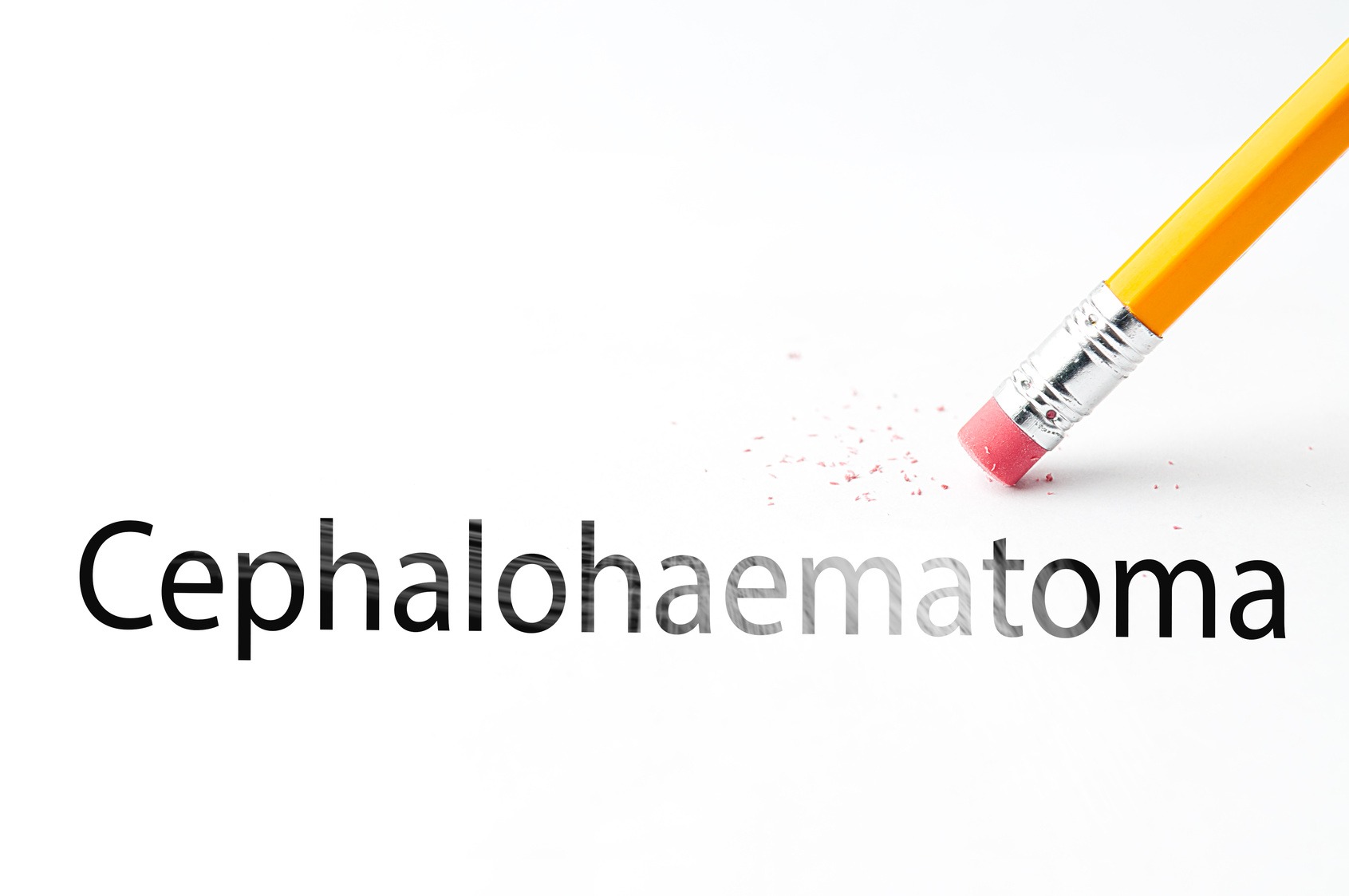 Learn what cephalohematoma is and how it relates to medical malpractice law.
Learn what cephalohematoma is and how it relates to medical malpractice law.
Cephalohematoma is a birth injury in which blood pools between a baby’s skull and brain. While it rarely causes brain injury, it can lead to other complications, such as anemia and jaundice. The most common cause of cephalohematoma is trauma to the head during delivery. This trauma may occur because of the negligence of an attending doctor or medical staff member. If so, you may have grounds to file a medical malpractice lawsuit and recover damages.
Why Cephalohematoma Occurs During Delivery
Cephalohematoma may occur when a baby incurs trauma to the skull during delivery. In some cases, this trauma is unavoidable. The baby may have a large head relative to the size of the mother’s birth canal or may hit his or her head against the mother’s pelvis through no fault of the doctor’s.
But in many situations, a doctor’s negligence leads to the baby suffering trauma that leads to cephalohematoma. The condition is associated with the use of birth assistance devices, such as forceps and vacuums. Doctors use these tools to facilitate difficult pregnancies. When their use is justified, they lead to better outcomes for both mother and baby.
But assistance devices have many drawbacks and can increase the risk of birth injuries — head trauma being one of them. Your doctor has a duty to weigh the risks and rewards carefully and, if he or she decides forceps or a vacuum is necessary, must exhibit the utmost care in using them.
Risk Factors for Cephalohematoma
Another duty of your doctor is to know if you possess one or more risk factors for cephalohematoma. If you do, your doctor must factor this information into any decision he or she makes about your delivery. The most common risk factors include:
- A large baby, which can delay the delivery process by moving slowly through the birth canal.
- A small birth canal
- Weak uterine contractions
- A baby in an abnormal position for delivery
- A multiple-baby delivery.
If you had one or more of these risk factors and feel your doctor did not take them into account, we can help you file a medical malpractice claim and pursue damages.
Get a Free Medical Malpractice Case Evaluation Today
The Newsome | Melton legal team helps clients recover damages when the negligence of a health care provider leads to a birth injury. If your child suffered cephalohematoma, we can investigate and determine if your doctor or a member of his or her staff is liable. We can then pursue compensation for your damages. For a free case evaluation with a member of our team, call 888-526-8947
Cephalohematoma - Frequently Asked Questions

A misdiagnosis of a serious medical condition can lead to substantial harm, unbearable pain and suffering, and, in worst cases, even death. Without a timely and accurate diagnosis, a severe illness or injury goes untreated, allowing it to grow, spread, and worsen. If a doctor misdiagnosed your condition and caused you to suffer harm, you
Read More
Tort reform is any law passed that either changes tort law, or changes the process of seeking justice, but the majority of changes fall under four categories. Non-economic Damage Caps These caps limit the large amounts awarded if the damages do not affect economic status. Proponents state this will realign the damage awards with the
Read MoreCephalohematoma - News Articles

In 2007, Rebecca Gapinski brought her husband, Daniel Gapinski, into OSF St. Francis Medical Center located in Peoria, Illinois for surgery. His doctors had identified a growth in his brain and they needed to evaluate the tissue for cancer. Dr. Neena Gujrati, the attending pathologist who analyzed the specimens, reported that the growth was a
Read More
New York State Settles Medical Malpractice Lawsuit; Agrees to Pay Abdusalamov Family $22 Million Magomed Abdusalamov, formerly a professional boxer from the Republic of Dagestan, was undefeated entering his last fight on November 2, 2013. The match was held in the Theater at Madison Square Garden, located in midtown Manhattan, before thousands of spectators. The
Read More